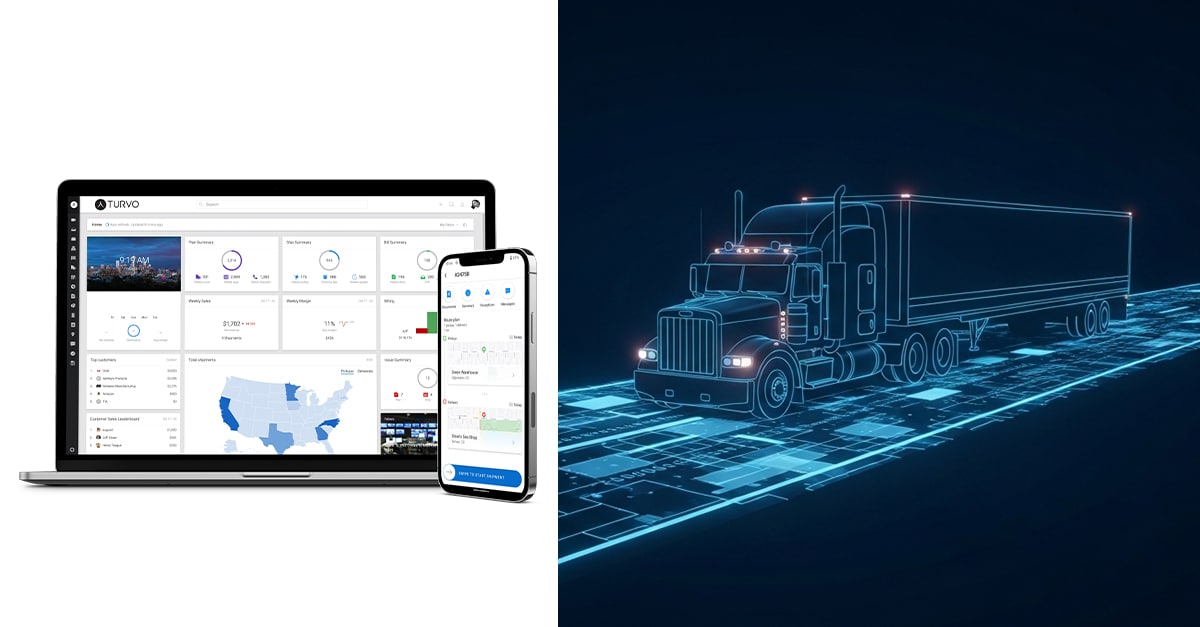Supply chain architecture design is the process of creating an integrated and efficient system to manage the flow of materials, parts, services, and information between suppliers, manufacturers, distributors, and customers. It involves the strategic planning, development, and implementation of a comprehensive network of processes and technologies for the efficient and cost-effective movement of goods and services from source to destination. It is designed to ensure that the entire supply chain is efficient and cost-effective, from the supplier to the customer. It also helps reduce the risk of supply chain disruptions, leading to increased costs, lost revenues, and other challenges.
Benefits of Good Supply Chain Architecture Design
Good supply chain architecture design offers numerous benefits to all stakeholders involved. It helps to improve efficiency and cost-effectiveness by reducing inventory levels, improving delivery times, and streamlining processes. It also helps to reduce the risk of supply chain disruptions and provides greater visibility into the supply chain. Additionally, it can help to improve customer satisfaction by improving product quality, reducing delivery delays, and offering real-time information about orders and shipments. Good supply chain architecture design also helps to reduce overhead costs associated with operations and maintenance of supply chain systems.
Good Supply Chain Architecture Design: 4 Key Elements
A successful supply chain architecture design requires integrating four key elements: allocating resources, establishing controls, optimizing processes, and incorporating technology. Allocating resources involves effectively using resources to ensure that all parts of the supply chain work together efficiently. Establishing controls helps ensure the entire supply chain operates safely and securely. Optimizing processes involves designing the most efficient way of getting products from source to destination. Incorporating technology ensures that the supply chain utilizes the most up-to-date technology to manage operations. By understanding and integrating these elements, companies can achieve a well-designed and successful supply chain architecture by understanding and integrating these elements.
- Allocating Resources: This includes ensuring that the right personnel, equipment, and materials are available when and where they are needed.
- Establishing Controls: This includes ensuring that suppliers, manufacturers, and distributors follow the same set of rules and regulations.
- Optimizing Processes: Optimizing processes includes streamlining processes (such as transportation), reducing waste, and improving customer service.
- Incorporating Technology: This includes using the latest software, data analytics, and automation systems to improve the efficiency of the supply chain.
The remainder of this blog discusses these four elements in greater detail.
1. Allocating Resources
Allocating resources is a crucial element of a successful supply chain architecture design. It involves identifying the resources needed to support the supply chain, defining the resource requirements, and developing strategies for resource utilization. This includes understanding the capabilities and capacity of suppliers, manufacturers, and distributors, as well as the availability of materials, parts, and services. Companies can ensure that the entire supply chain is operating efficiently and cost-effectively by properly allocating resources.
- Identifying Resources involves understanding the capabilities and capacity of suppliers, manufacturers, and distributors, as well as the availability of materials, parts, and services. This helps to ensure that the supply chain has adequate resources and that they are allocated efficiently and cost-effectively.
- Defining Resource Requirements involves understanding the needs of the supply chain and determining the necessary resources to meet those needs. This includes understanding the volume and type of materials, parts, and services needed, as well as the capacity of suppliers, manufacturers, and distributors.
- Developing Strategies for Resource Utilization involves creating strategies to ensure the efficient utilization of resources. This includes understanding the cost and benefits of different approaches, as well as the potential risks associated with each method. By understanding the potential risks and benefits, companies can develop an effective strategy for utilizing resources most efficiently.
2. Establishing Controls
Establishing controls is another essential element of a successful Supply Chain Architecture Design. It involves establishing performance metrics, utilizing automated systems, and setting up reporting mechanisms to ensure that the entire supply chain operates safely and securely. By setting up these controls, companies can ensure that the supply chain works efficiently and cost-effectively.
- Establishing Performance Metrics involves setting targets for the performance of the supply chain and then measuring those targets against actual performance. This helps to ensure that the supply chain is meeting its goals and that the processes and technologies in place are working as expected.
- Utilizing Automated Systems involves using the latest software, data analytics, and automation systems to improve the efficiency of the supply chain. This includes using predictive analytics to identify potential supply chain problems and robotics to automate processes.
- Setting Up Reporting Mechanisms involves creating a system of reports that can be used to monitor the performance of the supply chain. This includes tracking orders, shipments, costs, and other metrics to ensure that the supply chain operates as efficiently as possible.
3. Optimizing Processes
Optimizing processes is another key element of a successful supply chain architecture design. It involves designing the most efficient way of getting products from source to destination. This includes streamlining processes, reducing waste, and improving customer service. By optimizing processes, companies can ensure that the entire supply chain is operating in an efficient and cost-effective manner. The three areas that must be considered when optimizing processes are:
- Streamlining Processes involves eliminating unnecessary steps and ensuring that each process is as efficient as possible. This includes reducing the number of manual steps, automating processes, and reducing the need for manual intervention.
- Reducing Waste involves minimizing the amount of materials, parts, and services that are wasted during the supply chain process. This includes reducing the amount of inventory, utilizing just-in-time delivery, and ensuring that all materials are used efficiently.
- Improving Customer Service: Improving customer service involves ensuring that customers receive their orders on time and are satisfied with the products they receive. This includes ensuring that orders are tracked in real-time and that customers are kept informed of their order status.
4. Incorporating Technology
Incorporating technology is the last key element of a successful supply chain architecture design. It involves utilizing the most up-to-date technology to manage operations. This includes using the latest software, data analytics, and automation systems to improve the efficiency of the supply chain. By incorporating the latest technologies, companies can ensure that the supply chain is operating in an efficient and cost-effective manner. The three areas that must be considered when incorporating technology are:
- Utilizing the Latest Software involves using the latest software applications to manage the supply chain. This includes using software to track orders, reduce inventory levels, and automate processes.
- Utilizing Data Analytics involves using data and analytics to gain insights into the supply chain. This includes analyzing data to identify potential problems and using predictive analytics to forecast supply and demand.
- Utilizing Automation Systems involves using robotic and automated processes to streamline operations. This includes using robots to automate the movement of materials, parts, and services, as well as using automated systems to monitor the performance of the supply chain.
Turvo’s Technology & Supply Chain Architecture Design Go Hand-in-Hand
Good supply chain architecture design offers numerous benefits to all stakeholders involved. It helps to improve efficiency and cost-effectiveness by allocating resources, establishing controls, optimizing processes, and incorporating the latest technology. It also helps to reduce the risk of supply chain disruptions and provides greater visibility into the supply chain. Additionally, it can help to improve customer satisfaction by improving the quality of products, reducing delivery delays, and offering real-time information about orders and shipments. Good supply chain architecture design also helps to reduce overhead costs associated with operations and maintenance of supply chain systems. By understanding and incorporating each of these elements, companies can achieve a well-designed and successful supply chain architecture.
A successful supply chain architecture design requires the integration of four key elements: Allocating Resources, Establishing Controls, Optimizing Processes, and Incorporating Technology. Allocating Resources involves effectively using resources to ensure that all parts of the supply chain are working together efficiently. Establishing Controls helps to ensure that the entire supply chain is operating in a safe and secure manner. Optimizing Processes involves designing the most efficient way of getting products from source to destination. Incorporating Technology ensures that the supply chain utilizes the most up-to-date technology to manage operations. By understanding and incorporating each of these elements, companies can achieve a well-designed and successful supply chain architecture. To learn more about how Turvo’s technology is built with supply chain architecture design in mind, visit Turvo.com.









